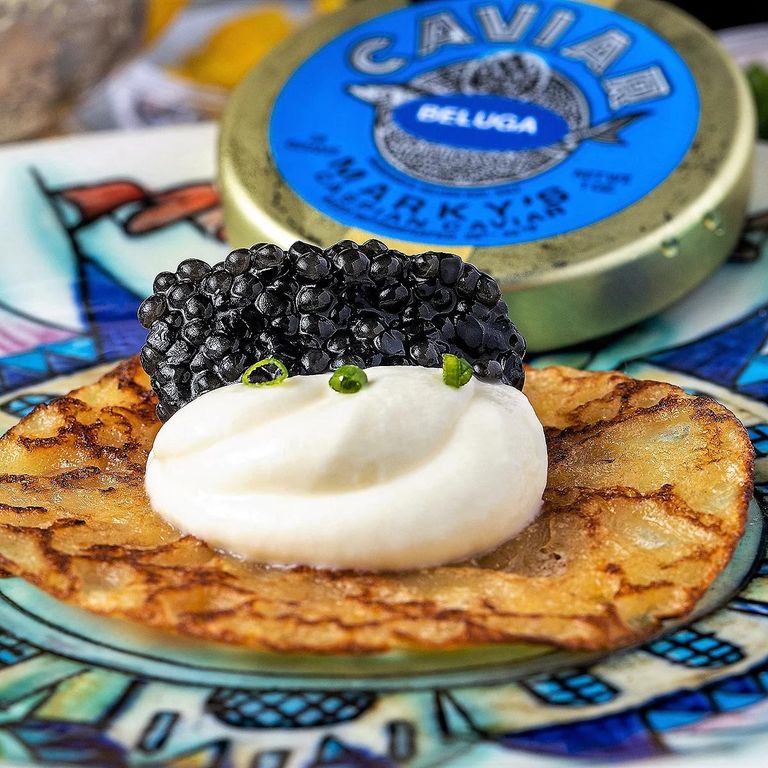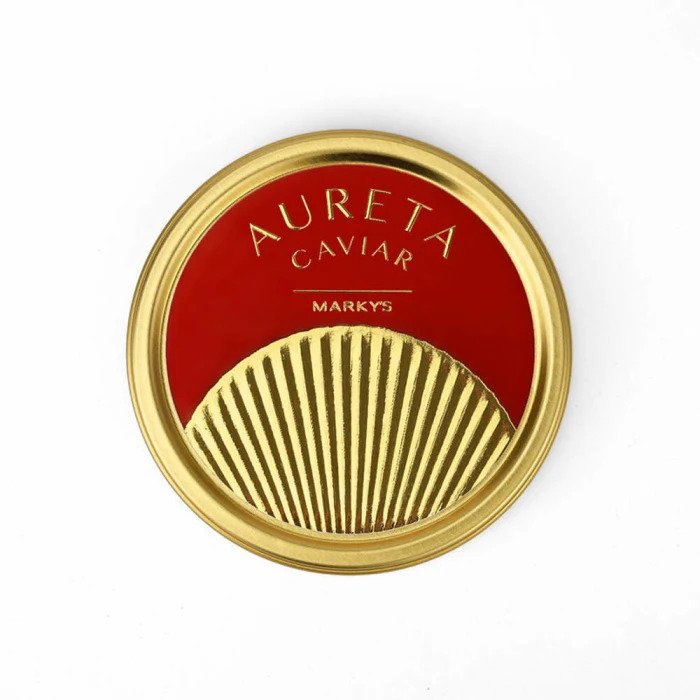Discover the Melodic Symphony of Ham in European Gastronomy
Category : Food Stories, Party Ideas, Recipes, Press Room |
Posted : Aug 29, 2024
In the heart of European cuisine, ham plays a leading role, weaving together history, culture, and gourmet artistry. For food enthusiasts, culinary historians, and travelers alike, understanding the cultural significance of ham within European gastronomy is akin to unraveling a rich tapestry of flavors and traditions that have shaped the continent's culinary heritage. Today, we explore its evolution, regional varieties, and modern-day impact, inviting you to appreciate ham's profound influence on European kitchens and beyond.
The History of European Ham
Ham's illustrious history in Europe stretches back centuries. Early references can be found in Roman writings, where preserving pork legs with salt was not only a necessity but also an art form. This method ensured that ham was available year-round, allowing it to become a staple in many households. Over time, these techniques evolved, with each region adopting methods that reflected their unique climates and resources.
In medieval Europe, ham was considered a symbol of prosperity and offered as a token of goodwill. The craft of ham-making passed down through generations, with artisans perfecting their skills and introducing new flavors and textures. This evolution of techniques laid the foundation for the diverse array of hams we enjoy today, each with its distinct characteristics and storied past.
Ham in European Culture
In Europe, ham is more than just a culinary delight—it’s a cultural icon. It holds a cherished place in traditional cuisines, embedded in family recipes and shared at celebratory feasts. Across the continent, festivals and celebrations often feature ham as the centerpiece, symbolizing abundance and community.
From the grand feasts of Spain's La Merced festival to the intimate gatherings in Italian homes during Easter, ham is revered for its ability to bring people together. The tradition of gifting ham to mark important occasions, such as weddings or births, illustrates its cultural significance and the esteem in which it is held by Europeans.
Regional Varieties of European Ham
Europe is home to a dazzling array of ham varieties, each reflecting the local culture and landscape. In Spain, Jamón Ibérico is prized for its nutty flavor and silky texture, achieved through the meticulous care of free-ranging pigs fed on acorns. Italy's Prosciutto di Parma boasts a delicate sweetness, a result of the strict regulations governing its production, while France's Bayonne Ham is celebrated for its mild, slightly sweet taste.
The distinctive flavors of each variety stem from unique production methods, such as the specific breed of pig, diet, curing time, and climate. By exploring these regional specialties, one can appreciate the diversity and craftsmanship that define European ham.
The Art of Curing and Aging
The transformation of raw pork into exquisite ham is a testament to the art of curing and aging. Traditional methods often involve salting or smoking, followed by aging in controlled environments that allow the flavors to develop and mature.
Local climate and geography play crucial roles in this process. For instance, the cool, humid air of Spain's mountainous regions provides the ideal conditions for curing Jamón Serrano, while the dry, breezy climate of Italy’s Langhirano region imparts distinct characteristics to Prosciutto di Parma. This harmonious interplay between nature and craftsmanship creates hams that are celebrated worldwide.
Modern Innovations and Challenges
In recent years, technological advancements have revolutionized ham production and distribution. Automated systems streamline processes and ensure consistency, while innovations in packaging extend shelf life and reduce waste. However, these modern methods also pose challenges, such as maintaining traditional quality and authenticity in an increasingly global market.
Environmental concerns, like the sustainability of pig farming and the carbon footprint of production, are pressing issues that demand attention. The industry is responding with eco-friendly practices, such as organic farming and renewable energy sources, to preserve the planet for future generations.
The Experience of Ham in Europe
Travelers and food enthusiasts often find that exploring Europe's ham producers and markets is a sensory delight. From bustling markets in Madrid to quaint artisan shops in Tuscany, each destination offers a unique experience and insight into the passion behind ham-making.
Taste-testing different varieties, witnessing the meticulous curing process, and conversing with local producers are just a few of the enriching encounters that await those who seek to immerse themselves in the world of European ham.
Expert Perspectives
Renowned chefs and culinary historians emphasize the deep-rooted cultural significance of ham in European gastronomy. Chef Pierre Lebrun, a Michelin Star recipient, observes, "The history of European ham is a tapestry woven from tradition, geography, and an unwavering respect for quality." Dr. Elena Vargas, a culinary historian, echoes this sentiment, noting that "ham is not just food; it's a way of life."
Italian cured meats expert Alessandro Rossi adds, "Each slice of European ham tells a story of the land, the animals, and the people who have perfected the craft over generations." These insights underscore the profound impact and enduring legacy of ham in European cuisine.
Conclusion
Ham’s cultural significance in European gastronomy is undeniable—an embodiment of tradition, craftsmanship, and communal celebration. Its rich history and diverse flavors offer a window into the culinary soul of Europe, inviting food enthusiasts, historians, and travelers to savor and appreciate each unique variety.
We invite you to further explore the world of European ham by visiting Marky's Gourmet, where you can discover premium selections that capture the essence of this timeless delicacy. Explore our offerings and immerse yourself in the captivating narrative of European ham.













